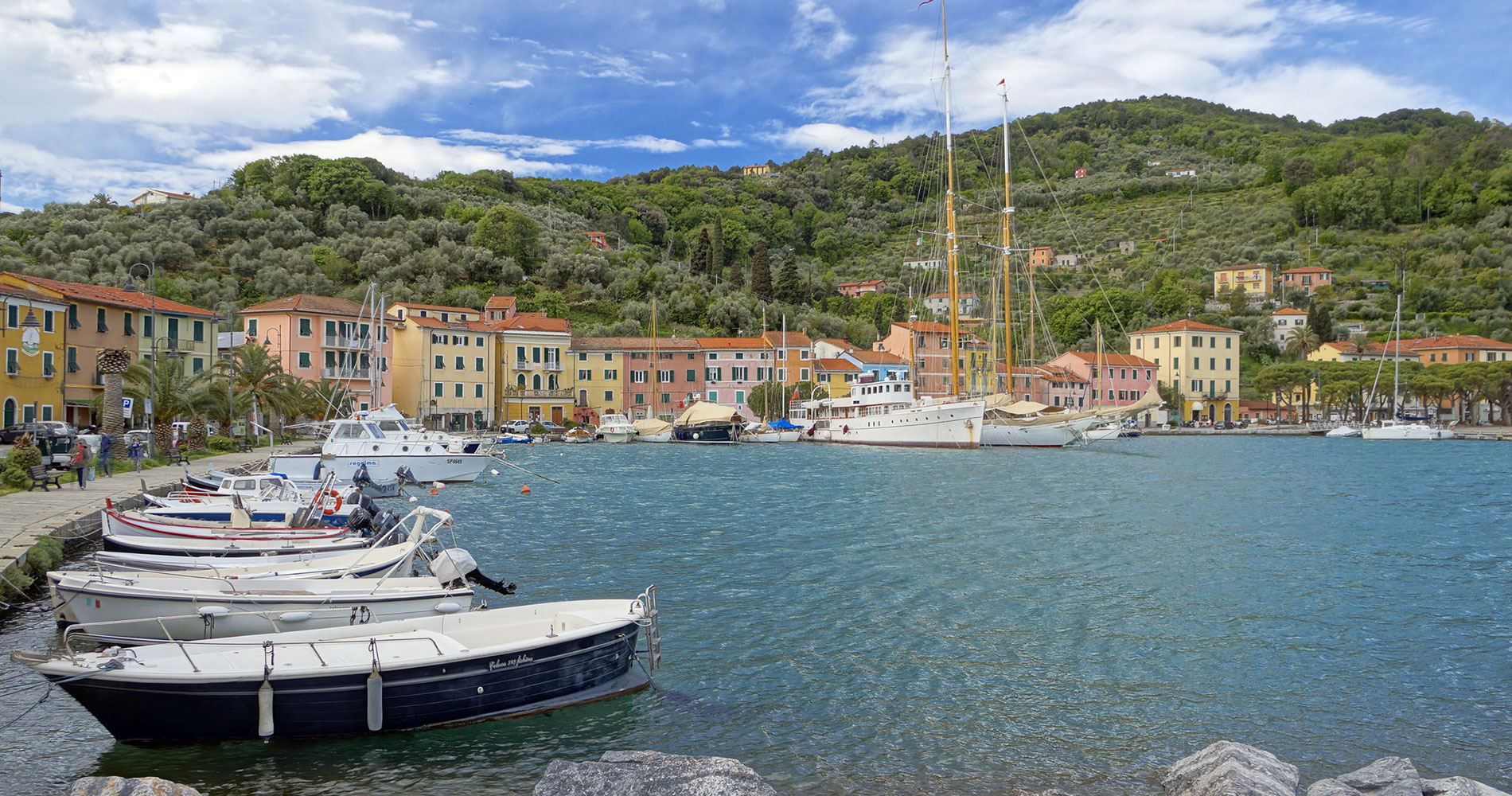THE OLIVETANI CONVENT
In the former Olivetani Convent, the refectory hall features an impressive fresco by Nicolò Corso, a Genoese painter who worked at the end of the fifteenth century primarily in Olivetani monasteries like Nostra Madonna delle Grazie. Among the decorative friezes we can admire Madonna with Child and St. George, St. Bartholomew, St. Helen, St. Benedict and, in a large lunette, the Crucifixion, with the figure of Jesus Christ and two angels and, at the foot of the cross, St. John, the Virgin Mary and Mary Magdalene. In the background, some claim the landscape contains a reference to Le Grazie and the convent.



